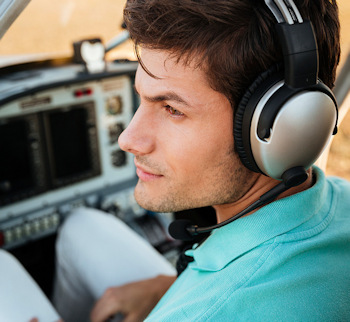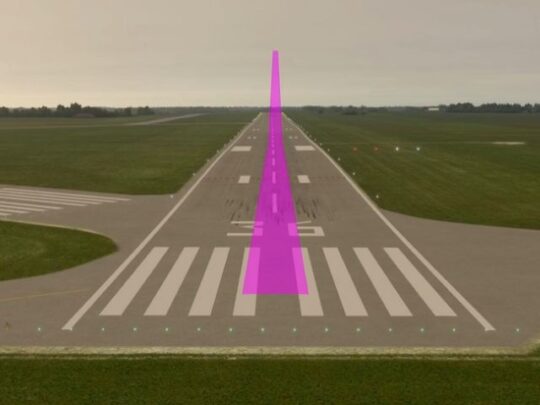Subscriber question:
"I haven't flown for three years. How much dual instruction should I need to get back in the air?" — Steven W.
Tom:
 “At a minimum, you’ll need to complete a Flight Review or one of the equivalents provided for in the regulations. However, the reality is that this alone won’t get you ready to act as pilot-in-command.
“At a minimum, you’ll need to complete a Flight Review or one of the equivalents provided for in the regulations. However, the reality is that this alone won’t get you ready to act as pilot-in-command.
It’s not hard, and it won’t cost a fortune. It’s mainly a matter of managing your expectations.
First, don’t plan to make it back in a single flight. Even if you do well your first time back behind the controls, a single flight isn’t enough to ensure you’re safe. I tell my students that once is a fluke, twice is a coincidence, but three times is a trend. If you can fly consistently over three flights, with improving performance each time, then you’re safe to resume flying as pilot-in-command.
Second, practice everything you needed to demonstrate in order to be certificated as a pilot in the first place. Cover all the items in the Practical Test Standards for at least the Sport, Recreational, or Private Pilot. You can cover the Tasks of the Practical Test in about an hour’s flying time if your instructor keeps things moving. But I suggest a more moderate pace just to give you a little time to relax, have fun, and enjoy the view.
Third, focus on the basics. Mastering rudder coordination, airspeed control, angle of attack and stall awareness, and normal and crosswind takeoffs and landings is your goal. Reviewing cross-country navigation and learning the latest avionics are things to do after you’ve reacquired your basic flying skills.
Fourth, rebuild your skills progressively. Earn your Flight Review, and then practice some local flying. Only after you have a couple of hours of solo flight, try a few short VFR cross-countries to get used to arriving and departing from other airports. Get some night dual before any night flight. If you’re instrument rated, get at least 10 or 15 hours before you call your CFII to schedule a return to IFR privileges.
Through this entire process and beyond, become a student of aviation. Continue your PilotWorkshops subscription and participate in the discussions. Take the free AOPA online courses that apply to the flying you do or plan to do. Join the type club for the type of airplane you fly, and take any type-specific training it provides.
Professional pilots are safe and proficient because they are required to study constantly and receive training every six months. It stands to reason that a pilot who is not flying all the time should study and train at least that much. And committing to continuous, lifelong learning will make it less likely you’ll fall into another three-year flying slump.”
Here’s an interesting variation on pattern work from our Pilot Exercise Program you can try with your instructor.
What is the longest layoff you've taken from flying before getting back in the air?

